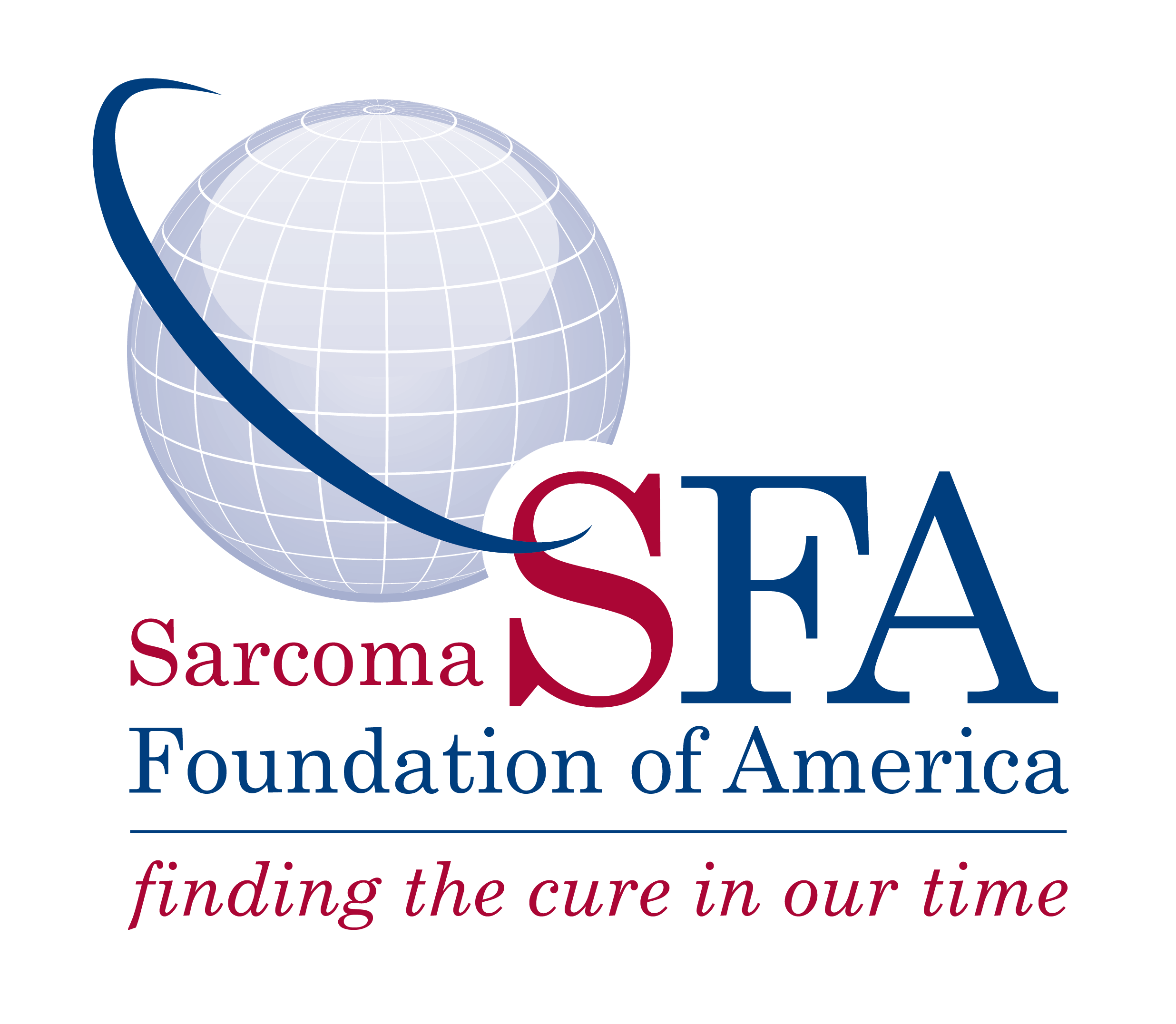The overall goal of this proposal is to determine how IGF1R supports transformation by dominantly-acting oncoprotiens found in pediatric sarcomas. Aim 1 will focus specifically on ETV6-NTRK3 (EN), a dominant chimeric tyrosine kinase that we first discovered in pediatric saromas. We have recently gained valuable insights into how IGF1R supports EN transformation. First, we confirmed that EN transformation requires the IGF1R. Second, we found that EN physically co-localizes and interacts with IGF1R at the membrane in live cells. Third, we unexpectedly found that blocking IGF1R with the small molecule dual specificity IGF1R/insulin receptor (INSR) kinase inhibitor, BMS-536924, dramatically reduces EN… Read More »
Synovial sarcoma is a deadly soft-tissue malignancy with a predilection for adolescents and young adults. The development of sorely needed targeted therapies depends on the identification of critical pathways in synovial sarcomagenesis. Expression of an SYT-SSX fusion oncogene generated by one of the characteristic X:18 translocations initiates synovial sarcomagenesis. Possible cooperation of β-catenin has been implicated by the prominent nuclear localization of β-catenin in a majority of human synovial sarcomas and the identification of activating β-catenin exon 3 mutations in a subset of these. The mixed cellular phenotype of synovial sarcoma, including both mesenchymal and epithelial features, further suggests a… Read More »
Epithelioid Sarcomas (ESs) are characterized by a locally aggressive behavior and a propensity for lymphatic and metastatic spread. Current therapy follows general STS treatment guidelines with complete surgical resection being the desired (when possible) approach; the impact of chemotherapy and radiotherapy is not well defined, but seems minimal. Five-year survival rates of 60% to 75% have been reported. Survival continues to decrease with time and 10YDSS rates of ~40-50% have been observed, a critical factor when taking into account the commonly young age at ES presentation; proximal ES outcomes are even less favorable. Loss of INI1, the product of the… Read More »
Despite aggressive surgical and chemotherapeutic approaches, the survival rate among osteosarcoma patients who present with metastasis is ~25% and is ~70% in those who present without metastasis. These survival rates have not improved in the last few decades. A better understanding of osteosarcoma pathophysiology is therefore needed to allow development of novel therapeutic approaches. RTK activation is responsible for progression of many forms of cancer, and inhibitors of these RTKs are a majority of the most promising anticancer drugs. Our recent phospho-proteomic and functional genomic screening showed that a RTK known as AXL contributes to the in vitro phenotype of… Read More »
Gastrointestinal stromal tumors (GISTs) are mesenchymal neoplasms that generally harbor activating kinase mutations in either KIT or PDGFRA. GISTs respond to front-line treatment with the specific kinase inhibitor imatinib mesylate (IM). However, approximately 15% of adult GISTs lack mutations in these kinases and respond poorly to IM. Activating mutations in the serine-threonine kinase BRAF have been identified in a minority (~7%) of KIT/PDGFRA mutation-negative GISTs, suggesting that somatic mutations in other kinases may be responsible for the onset of a subset of GIST. In Aim 1 of this proposal we propose deep exome sequencing of paired constitutional and GIST DNA… Read More »
Retroperitoneal liposarcomas are rare tumors and the only effective treatment is surgery. However, local recurrence is common after surgery and is the major cause of death. Due to the rarity of these tumors, little is known about the underlying abnormalities. Epigenetic changes, such as DNA methylation of promoter-associated CpG islands resulting in transcriptional silencing, are known to be frequent mechanisms of silencing tumor suppressor genes in most common human cancers. However, little is known about the epigenetic alterations in liposarcomas. DNA hypermethylation of tumor suppressor genes as p16 and Wnt pathway genes as APC has been described in small series… Read More »
Hedgehog (Hh) signaling has been implicated in the pathogenesis of several types of sarcomas. The goal of the proposed research is to develop drugs that block modification of Hh proteins with palmitate and thereby prevent Hh mediated growth of human sarcomas. In order to signal correctly, Hh must be modified by attachment of the 16-carbon fatty acid palmitate to its N-terminus. We aim to exploit Hh palmitoylation as a potential Achilles heel by targeting Hhat (Hedgehog acyltransferase), the enzyme that catalyzes attachment of palmitate to Hh. My laboratory developed an in vitro Hh palmitoylation assay that is dependent on Hhat… Read More »

